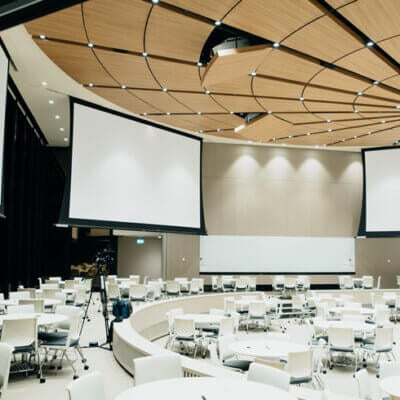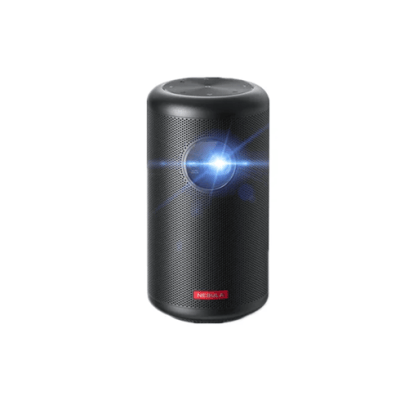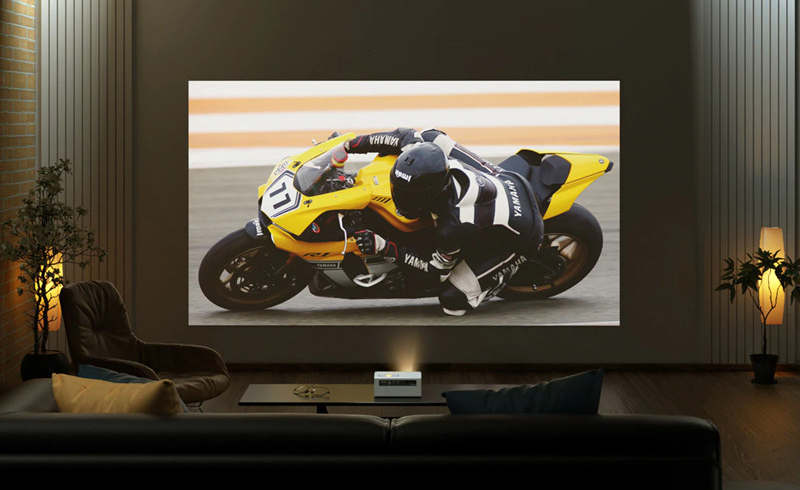
This guide introduces the top considerations to choose a good projector, helping you to know the projector better and pick a proper projector.
Top Considerations for Choosing a Good Projector
Display Tech
There are three common display technologies available for home projectors, including DLP, 3LCD, and LCD projectors. Provided the cost is the same, a 3LCD projector is a better option, followed by DLP, and then a single-chip LCD projector. Some high-end projectors also use Lcos display technology to achieve a better viewing effect.
Resolution
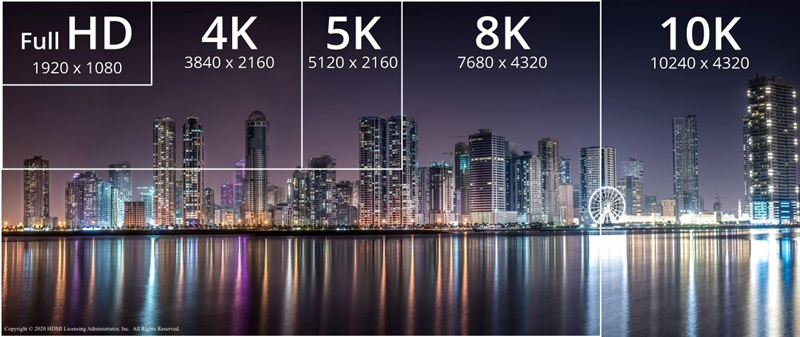
The resolution determines the pixels in the projection image, and the bigger the resolution, the clearer the image. There are three common resolution configurations, including 720P, 1080P, and 4K.
720P refers to 1280×720, mainly used in budget home projectors. 1080p refers to 1920×1080, the resolution used in mid- to high-grade home projectors. 4K resolution refers to 3840×2160, mainly used in high-end home projectors.
Brightness
The brightness of the projection image plays an important role in the viewing effect. If the projector is less bright, you can’t see clear and bright images in a well-lit room or during the daytime.
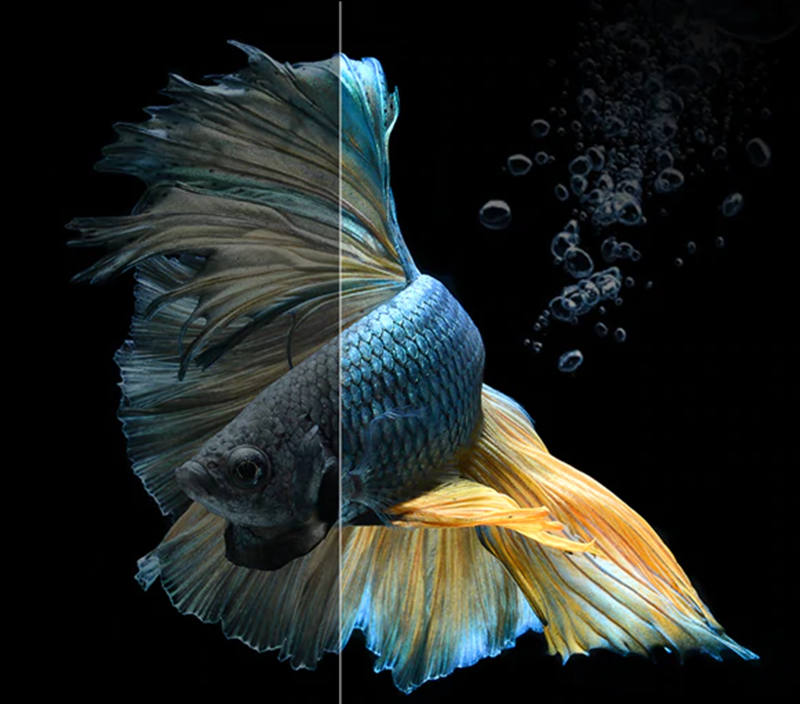
You may be interested in ANSI lumens vs ISO lumens.
Memory
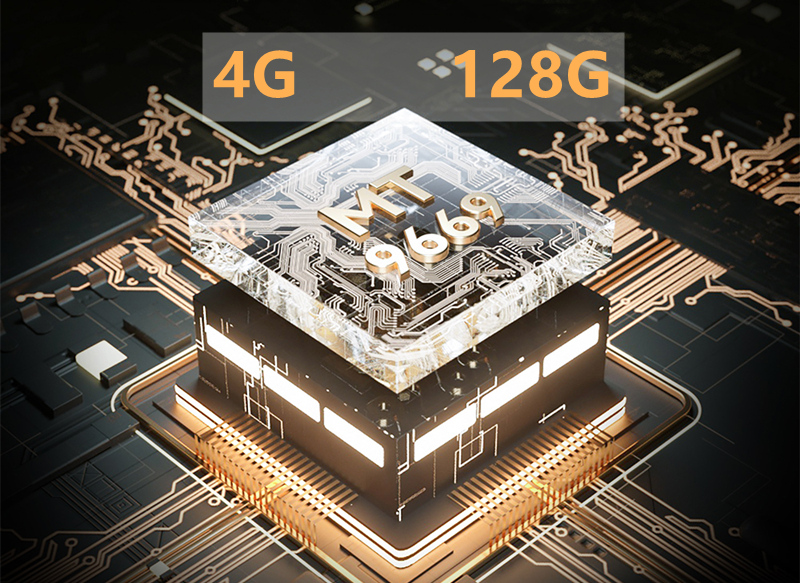
The memory determines the running speed and storage. Memory can be classified by RAM and ROM. The larger the RAM, the quicker the running response. The larger the ROM, the bigger the storage.
Most home projectors have a memory configuration of 2G+16G, 3G+16G, and 4G+32G, and some projectors even have 4G+128G.
ISA Technique
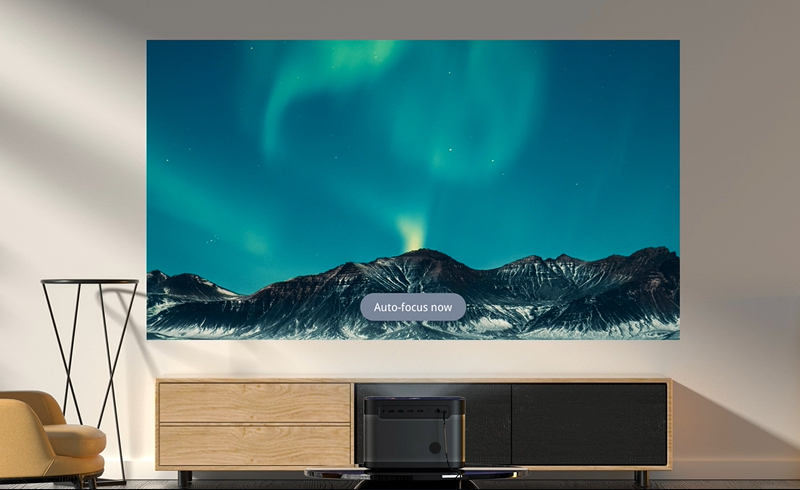
ISA refers to Intelligent Screen Adaption, including Auto-focus, Auto keystone, auto obstacle avoidance, and automatic screen alignment. If the projector has several smart features, then the projection image can be adjusted easily without tedious manual efforts.
Lens

There are three types of lenses available on the market, resin lenses, all-glass lenses, and resin+glass lenses. It is recommended to choose an all-glass lens as it has good light transmission, high hardness, wear resistance, and long service life. Compared with resin lenses, glass lenses are less vulnerable to thermal defocus. The only shortcoming of all-glass projectors is their higher cost. Therefore, the compromised solution is the resin+glass lenses.
Features
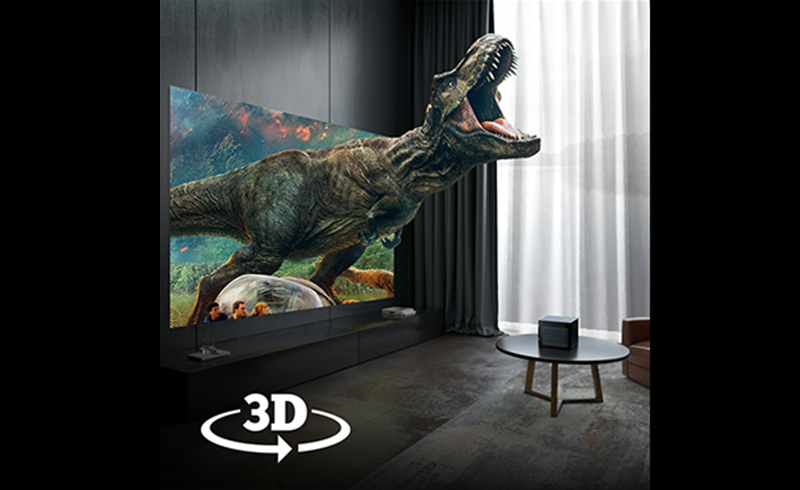
AI voice control, smart operating system, 3D effects, game mode, elders mode, children’s mode, remote finder, and other features are also important features that can enhance your user experience. For example, if the projector has a 3D effect, you can watch 3D movies at home by wearing a pair of glasses.
Related Posts


